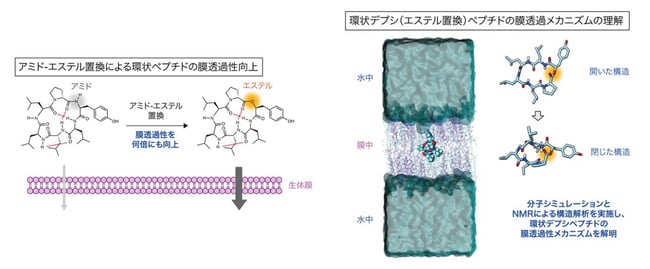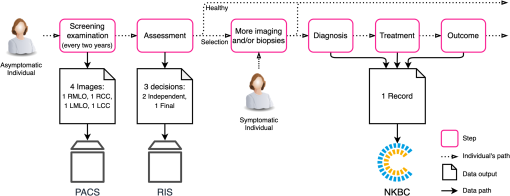2023-03-20 アイルランド・リムリック大学(UL)
研究者らは、新しい治療法が十代の若者には試されていないことを示し、睡眠、運動、気分、ストレスなどの問題を無視することが一般的であると指摘しています。現在、腰痛治療に対する古い理解からの脱却が求められ、身体と精神の両方を考慮した新しい治療法が若者にも提供されるようになる必要があるとしています。
<関連情報>
- https://www.ul.ie/research/news/university-of-limerick-research-back-pain-treatment-for-teens-ignores-big-picture
- https://onlinelibrary.wiley.com/doi/10.1002/ejp.2073
持続性腰痛の青年に提供された非外科的、非薬理学的介入について、無作為化試験で記述する:スコープレビュー Describing the nonsurgical, nonpharmacological interventions offered to adolescents with persistent back pain in randomized trials: A scoping review
Sara D. Hauber, Katie Robinson, Edward Kirby, Steven Kamper, Noirin Nealon Lennox, Kieran O’Sullivan
European Journal of Pain Published: 31 December 2022
DOI:https://doi.org/10.1002/ejp.2073

Abstract
Background and Objectives
Persistent nonspecific back pain is now established as a biopsychosocial phenomenon that can be meaningfully affected by individuals’ cognitions, emotions, lifestyle factors and family and social relationships. Recent guidelines for the treatment of adolescents with persistent nonspecific back pain, as well as those for youth with mixed chronic pain, strongly recommend interdisciplinary care in which adolescents receive treatment for both mind and body. The objective of this scoping review was to examine the interventions evaluated in randomized trials for adolescents with persistent back pain to determine whether they correspond to these guidelines and to reveal future research priorities.
Databases and data treatment
The review protocol was registered in March 2022. We followed the PRISMA guidelines for scoping reviews. Twelve electronic databases were searched for relevant study reports. Data were charted on study characteristics, participant characteristics and intervention details using the Template for Intervention Description and Replication (TIDieR) checklist.
Results
The search yielded 1952 records, of which eight reports representing seven randomized trials were eligible. The most common interventions were exercise therapy (n = 6) and back education (n = 4). Five studies employed multiple intervention components, but none was multidisciplinary. Studies primarily targeted posture or biomechanical factors. One study included an intervention addressing participants’ fears and beliefs about pain.
Conclusions
Randomized trials for adolescents with persistent back pain have primarily relied upon an outdated, biomechanical explanation of persisting pain. Future randomized trials should align with current treatment recommendations and measure outcomes across multiple biopsychosocial domains.
Significance
This scoping review describes in detail the interventions included in randomized trials for adolescents with persistent, nonspecific back pain. The review is important because it reveals discrepancies between those interventions and the interventions recommended for this population.


